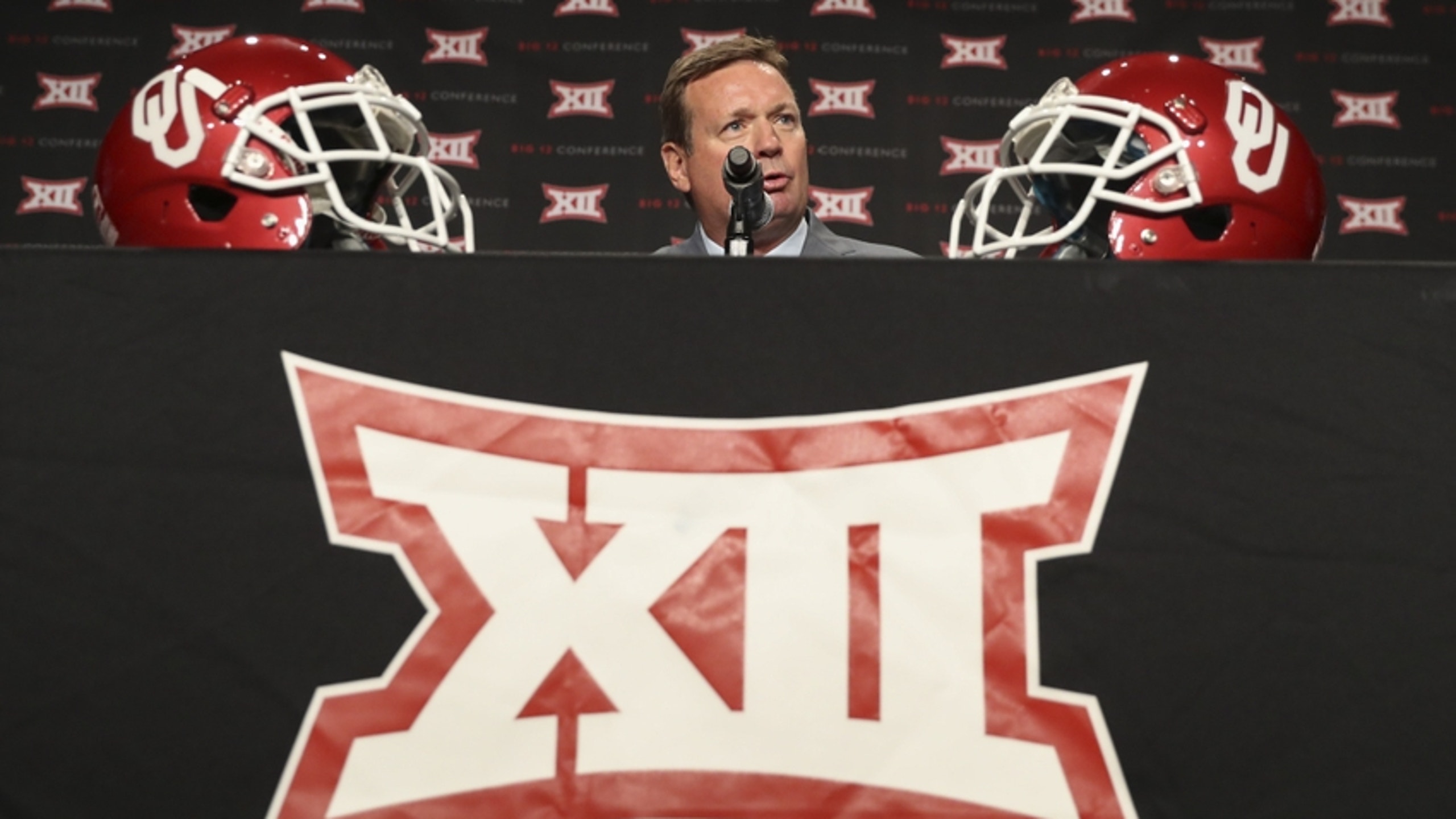
The Big 12 would have remained stagnant at one team, while UCF would be the first G5 team to not need an autobid, as they actually finished the season ranked #12.Īgain the Big Ten missed the playoffs in actuality in 2018, and again they would have added three teams hypothetically.

The Pac-12, who also missed the playoffs thanks to the SEC’s two bids, would have added #8 USC and #11 Washington, and the ACC would have added #10 Miami to go alongside top-ranked Clemson. The Big Ten would again have added three teams though, in a year where they missed the playoffs entirely the cluster of Ohio State, Wisconsin, and Penn State would have joined in, with #16 Michigan State and #21 Northwestern missing out. The SEC was the first conference to have two teams in the actual playoffs in 2017, and they would have added 7th-ranked Auburn to that to make three dirty traitorous Southerners. Oklahoma State would have been bumped from their #12 spot, and no Big Ten teams were ranked besides the four above. USC and Colorado would join for the Pac-12 to make three and Western Michigan, ranked 16th, would represent the group of five conferences. The ACC would have two teams after adding #11 Florida State, the Big 12 would have just one with #7 Oklahoma joining the fray, and the Big Ten would add three teams for the first time to make four total, with #5 Penn State, #6 Michigan, and #8 Wisconsin all getting in. The SEC would have again failed to add teams in 2016, with #1 Alabama sitting high above next-highest ranked #14 Auburn.
Big 12 conference expansion plus#
The conference makeup would have been ACC 3, Big 12 2, Big Ten 3, Pac-12 1, SEC 1, G5 1, plus independent Notre Dame. Northwestern and Michigan were right behind them at #13 and #14. Conference-mate Ole Miss would have been bumped from their #12 ranking to make room for Houston, stranding them on the outside looking in. That makes this the first year in which the vaunted SEC would not have added a team, despite Alabama going on to win the title that year. Notre Dame also was in line for an at-large bid, finishing as #8, rounding out the field. The Big 12 would have added TCU, and fellow Texans from the University of Houston would have attended as the sixth-highest ranked G5 conference champions. The Big Ten would have added Iowa and Ohio State, and the ACC would have added Florida State and UNC. In 2015, it was the Pac-12 who was left out, with champion Stanford finishing sixth in the final CFP ranking. Wisconsin would have missed out by two spots, and Georgia Tech would have been the unlucky #12 team bumped for G5 champ. The ACC would have remained at one team, so it would be ACC 1, Big 12 3, Big Ten 2, Pac-12 2, SEC 3, and G5 1. Boise State would have been the G5 rep, and Arizona would have joined the party. A conference that totally missed the playoff would have added THREE teams. Michigan State was ranked eighth and would have made the playoffs, and the Big 12 would have also added Kansas State to be the most-represented conference, tied with the SEC (who would have added Mississippi State and Ole Miss). In the first year, 2014, Alabama, Oregon, Florida State, and Ohio State made the playoffs, with Baylor and TCU the next two out, sparking the re-introduction of the conference championship game to their league. The SEC would have three more representatives in the last five years, but in the actual four-team playoff, they already had four more reps! So how does this all break down? Let’s get into it. No conference would had added more teams, and the Big Ten would have erased its 4-team deficit in overall participants, passing the SEC to become the most-represented conference. But how would the new format have affected previous seasons?įirst of all, the Big Ten would have thrived. And there’s no accounting for how the committee will vote now that rankings 5-12 actually matter.



And on the face, that feels totally valid. When I first saw that news, a fellow writer remarked that they were not excited for a five or six SEC-team playoff. Those 12 teams will include at least the six highest-ranked conference champions, as well as six at-large bids. If you haven’t heard, the College Football Playoff will be expanding to 12 teams at some point eventually, they say (somewhere between 2024 and 26, I think).


 0 kommentar(er)
0 kommentar(er)
